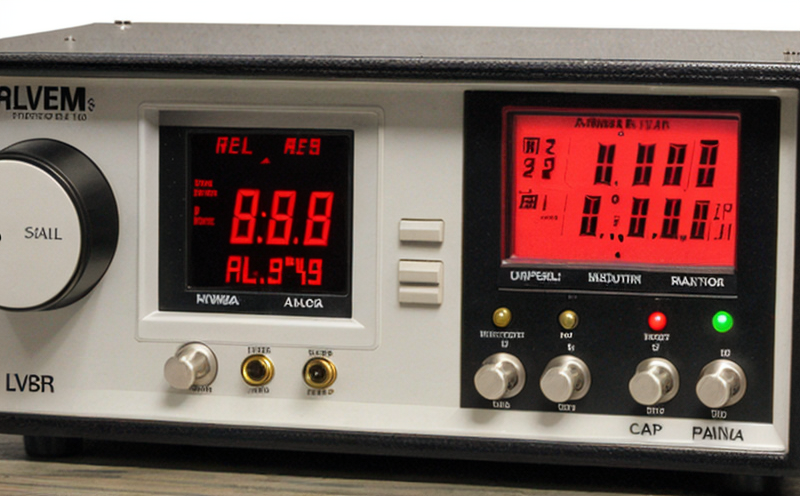Radiation Detection Instruments & Calibration
In today’s world, safety and compliance are paramount in sectors such as nuclear power generation, medical imaging, and environmental monitoring. Properly calibrated radiation detection instruments play a crucial role in ensuring that the levels of ionizing radiation are accurately measured and controlled. Our laboratory specializes in providing comprehensive calibration services for various types of radiation detection instruments, including Geiger-Müller counters, scintillation detectors, and sodium iodide (NaI) detectors.
The process of calibrating these instruments involves standardization against internationally recognized standards such as ISO 8529-1:2017 and ASTM E634:2020. During calibration, the instrument is exposed to a known source of radiation under controlled conditions, and its response is compared with the expected reading. Any discrepancies are then adjusted until the instrument provides accurate results.
Our team of highly qualified experts ensures that all calibrations adhere strictly to international standards, providing clients with reliable and repeatable data. This not only helps in maintaining compliance but also enhances operational safety by ensuring that any potential risks associated with ionizing radiation are minimized.
The primary goal of our calibration services is to ensure accurate measurement capabilities, thereby supporting the safe operation of facilities dealing with radioactive materials or equipment. By doing so, we help protect personnel and the environment from unnecessary exposure to harmful levels of radiation.
Why Choose This Test
The importance of accurate radiation detection cannot be overstated, especially in sectors where ionizing radiation is present. By choosing our calibration services, you ensure that your instruments meet stringent international standards and provide reliable data every time they are used.
- Compliance with ISO 8529-1:2017
- Adherence to ASTM E634:2020 guidelines
- Precise calibration results that enhance safety and operational efficiency
- Support for regulatory compliance requirements
- Expert technical support throughout the process
Our commitment to excellence extends beyond just providing accurate calibrations. We also offer ongoing training and advice on best practices in radiation detection, helping you stay ahead of industry trends.
Environmental and Sustainability Contributions
The use of radiation detection instruments is not only crucial for safety but also plays a significant role in environmental sustainability. By ensuring that the levels of ionizing radiation are accurately measured and controlled, we contribute to reducing potential risks associated with radioactive materials.
- Reduction in waste generation through precise measurement
- Promotion of safer disposal practices for radioactive substances
- Enhanced protection of personnel and the environment from overexposure to radiation
In addition, by providing accurate calibration services, we help facilities operate more efficiently, which can lead to reduced energy consumption and lower carbon footprints. Our work supports a cleaner, safer, and more sustainable future.
Use Cases and Application Examples
| Instrument Type | Description | Application Example |
|---|---|---|
| Geiger-Müller Counter | A simple device for detecting ionizing radiation. | Monitoring the safety levels in nuclear power plants. |
| Scintillation Detector | An instrument that uses a scintillator to detect and measure radiation. | Detecting and quantifying gamma rays emitted by radioactive materials. |
| Sodium Iodide (NaI) Detector | A highly sensitive detector used for measuring low-energy gamma rays. | Monitoring the safety of nuclear medicine departments in hospitals. |
| Instrument Type | Description | Application Example |
|---|---|---|
| Precision Gamma Spectrometer | A device that measures the energy and intensity of gamma rays. | Identifying isotopes in environmental samples for contamination control. |
| Semiconductor Detector | An instrument using semiconductor materials to detect ionizing radiation. | Monitoring the safety of areas contaminated with radioactive fallout after a nuclear incident. |
| Thermoluminescent Dosimeter (TLD) | A device that measures absorbed dose by detecting emitted light from heated crystals. | Measuring cumulative exposure to radiation in personnel working in high-risk environments. |
The applications of these instruments are vast and varied. From nuclear power plants to medical facilities, each plays a critical role in ensuring the safe handling and use of ionizing radiation.





